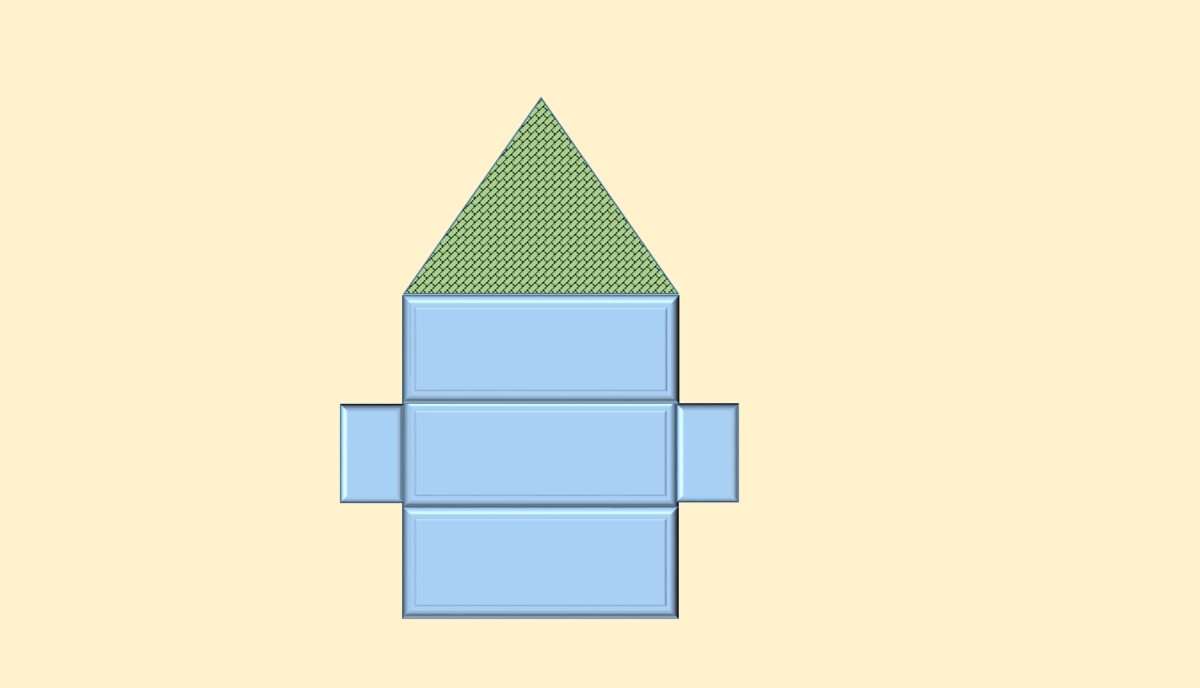In today’s competitive business landscape, quality excellence has become a crucial factor for success. Whether it’s developing a new product or providing a service, ensuring high-quality standards is essential to meet customer expectations and stay ahead of the competition. One powerful tool that can help achieve this is the House of Quality (HOQ) framework. By combining technical and competitive benchmarking, the HOQ provides a comprehensive approach to designing and improving products or services. In this blog post, we will explore the key elements of building a House of Quality and how to effectively implement it.
Understanding the House of Quality (HOQ) framework
Understanding the House of Quality (HOQ) framework is essential for unlocking quality excellence in any project or product development process.
House of Quality (HOQ) is defined as a matrix linking customer requirements to methods for fulfillment in product planning. The House of Quality typically takes the form of a matrix or diagram and consists of several components, which are represented graphically.
It is a powerful tool that helps organizations prioritize customer requirements and align them with technical and competitive benchmarks to deliver superior quality products or services.
The House of Quality, also known as the Quality Function Deployment (QFD), is a visual representation of the relationship between customer needs and product features. It serves as a blueprint for translating customer desires into specific technical requirements and benchmarks.
To create a House of Quality (HOQ)
- Gather and prioritize customer requirements.
- Identify technical requirements.
- Analyze and benchmark competition.
- Establish relationships between customer and technical requirements.
- Use the HOQ as a guide for effective product development.
Incorporating technical benchmarking in the HOQ
Incorporating technical benchmarking in the House of Quality (HOQ) is a crucial step in ensuring quality excellence in your project. By comparing your product or service to industry standards and best practices, you can identify areas for improvement and set targets for achieving superior performance.
The House of Quality (HOQ) is the key tool to integrate technical benchmarking into your HOQ. Incorporating technical benchmarking in the HOQ involves the following:
- Research technical aspects.
- Identify critical characteristics.
- Compare with industry leaders.
- Set targets and prioritize.
- Create a matrix with weighted characteristics.
- Plot current and desired performance.
- Involve a cross-functional team.
- Continuously update for improvement.
Utilizing competitive benchmarking in the HOQ
Utilizing competitive benchmarking in the House of Quality (HOQ) is an effective way to achieve quality excellence. By comparing your product or service against competitors in the market, you can identify areas of improvement and set benchmarks to meet or surpass.
To integrate competitive benchmarking into your HOQ:
- Research competitor’s offerings.
- Map out customer requirements.
- Compare your product to competitors.
- Identify gaps in performance.
- Set realistic improvement goals.
- Stay competitive in the market.

Ensuring consistency in the results of both technical and competitive benchmarking is crucial. It helps align customer requirements with reliable and consistent standards for product or service quality. If a product performs exceptionally well in the competitive evaluation, it should also excel in the technical assessment. Inconsistencies between the two should be regarded as warning signs, indicating possible issues with specific design requirements. With this, the House of Quality process concludes, providing valuable information that various organizations and ad hoc teams involved in product and service development can utilize. The integrated product and process development team takes charge of managing the creation of other matrices, ensuring a comprehensive and efficient design and development process for meeting customer needs.
HOQ Template & Guidelines

Following are simplified guidelines for using the House of Quality (QFD) to improve product or service quality:
- Identify What Customers Need:
Start by understanding and listing the key requirements or desires of your customers.
- Rate Importance:
Assign a rating from 1 (least important) to 5 (most important) to each customer requirement to prioritize them.
- Define Technical Specifications:
List the technical aspects or features of your product or service that will help meet these customer needs.
- Determine Relationships:
Establish the strength of the connection between these technical specifications and customer needs using symbols like Strong (9), Medium (3), or Low (1).
- Choose Direction:
Decide whether each technical specification should be maximized or minimized to best satisfy customer needs.
- Set Targets:
Establish specific performance goals for each technical specification at the bottom of the QFD.
- Assess Competing Products:
Research and compare how well other products or services on the market meet customer expectations, rating them from 1 (worst) to 5 (best).
- Identify Desirable Attributes:
Determine which technical attributes are essential based on your product’s performance and how it compares to competitors.
Conclusion
In summary, the House of Quality (HOQ) framework, which facilitates the alignment of customer requirements with technical specifications and competitive benchmarks, is an essential tool for achieving quality excellence in project and product development processes. By incorporating technical and competitive benchmarking into the HOQ, organizations can identify areas for improvement, set clear performance targets, and maintain competitiveness, ensuring that their products or services not only meet but often surpass industry standards. Through a step-by-step implementation process, from gathering customer requirements to selecting the final design solution, the HOQ serves as a blueprint for delivering superior quality and addressing customer needs, ultimately leading to high-quality products and services that stand out in the market.


